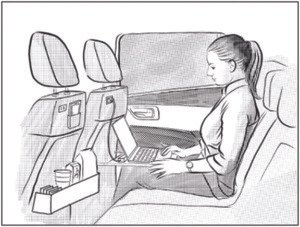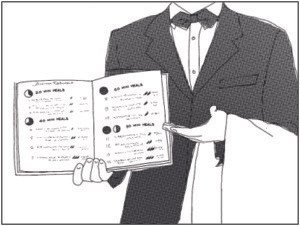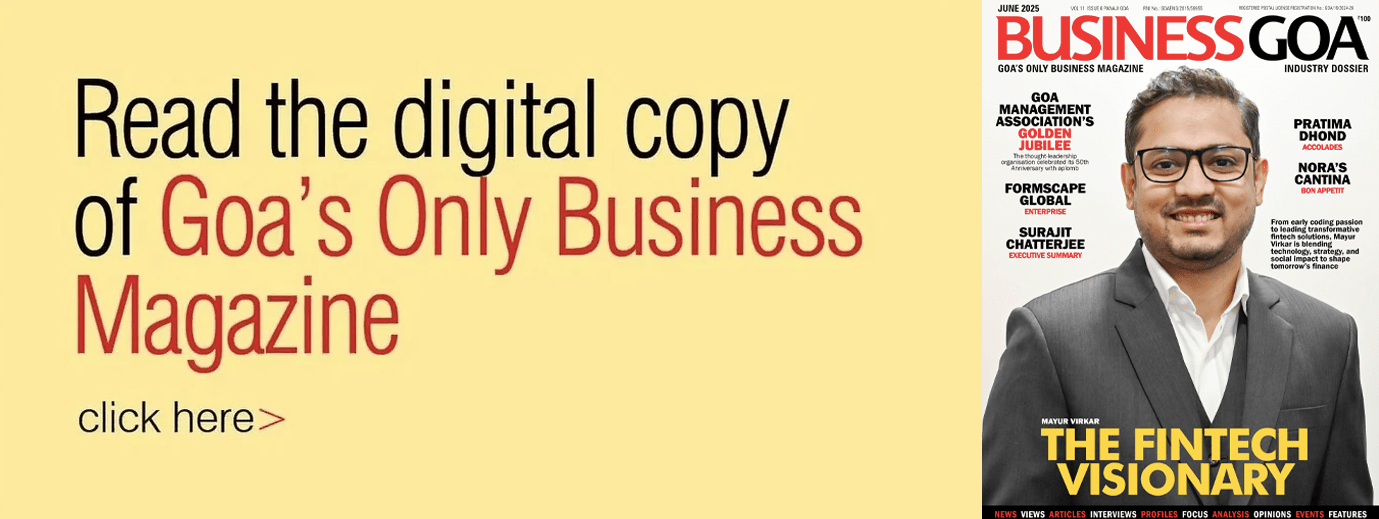
SAMIR MARDOLKER elaborates on how consumption of brands could co-exist with other products/services
In about 2 minutes of reading ‘time’, this post reminds brands that people are ‘time’ poor. Next, it provides some examples to inspire them to develop products/services that can be consumed without needing ‘additional’ time or be accommodated while consumers are doing something else. At a ‘time’ when brands are all craving for the next growth opportunity, it is appalling that they have missed this most obvious one.
Context: Brands have aggressively leveraged the megatrend of consumer seeking convenience. You can see it in all ‘P’s of marketing e.g. product offer (smaller formats), packaging (on-the-go packs), distribution (anywhere, anytime) etc. A consumer being time-poor is another megatrend. But at best, brands have merely taken notice of this in how they think of ‘time’ as their competitors e.g. Netflix and Amazon are vying for the time that you could spend chatting with your friends or going outdoors. This is a good start – but does not inspire any breakthrough innovation other than making your existing offer more compelling and convincing.
Opportunity: The missed opportunity for brands is in exploring how their consumption could co-exist with other products/services. To do this, they would need to study the consumption landscape with a ‘time’ lens. Key questions to explore would be:
Who: Which segment is time poor? And who would happily multi-task or be open to consuming multiple services? (The busy mum? Gen Z?)
What: What should our offer be like to co-exist with other products/services?
Why: Does simultaneous consumption offer any more benefit to consumers than better use of time?
When/Where: Which occasions offer the most potential by virtue of consumer’s feeling like they are not making the best use of time?
Inspiration: Below are a few examples to showcase some missed opportunities. The ideas target the when/where aspect by identifying occasions where a ‘tension’ already exists to nudge consumers to consider multi-tasking.
Commute time : An average upper middle-income consumer in many Asian cities (Jakarta, Manila, Delhi etc) commutes for about 2-3 hours daily. Yet, most cars don’t have a laptop charger, a steady seat to allow reading/working and other design elements to give consumers a work-space in their cars. 
Entertainment time : Most consumers new to the video streaming category are binging on it. Many realise this and either drop out or feel the guilt on a daily basis. Simple innovation that allows multi-tasking can fix this problem e.g. Picture In Picture (Picture in Picture) content that allows a consumer to do some basic yogic poses for a deep tissue stretch while enjoying the content. 
Dining time: Business lunches are very common and so is the challenge of ‘what to order’. Yet, beyond providing a ‘lunch set’ restaurants have not bothered to consider classifying their menu based on time and advising diners on menu items that can be served and eaten in 20 minutes, 40 minutes or 60+ minutes. 
Waiting time: Dental clinic lobbies is one place notoriously known for ‘waiting time’. Yet, dental care product manufacturers have not considered VR/AR tools that may allow consumers to quickly self-check whether they brush the right way or not.
Smoking time : An average smoker easily smokes about 6-8 sticks a day during work hours with each break being at least 8-10 minutes. That’s more than a month of working time in the year that can be saved if the smoker can exhale the smoke back into a specially designed pack that captures the smoke allowing smokers to smoke at their desk…well, almost. Ah ok ok, I know I am stretching the idea….but hopefully the point is made. Time to close. 
As with every megatrend, there is usually an equally powerful counter trend. So I am not denying that many people want to be ‘mindful’, focus on only one thing or even have some ‘nothing’ time. Who else knows this better than the ‘susegad’ Goan in me (https://en.wikipedia.org/wiki/Susegad). That’s fine, some of these ideas are simply not for them and this post merely nudges you to consider a time lens in your market understanding strategies for those time poor consumers who would love to juggle multiple tasks if they had an option.
Image courtesy: My ‘susegad’ friend @Mandar Marathe
The writer is the Managing Director (Asia) of Clear M&C Saatchi, Singapore. Email: Samy.Mardolker@clearstrategy.com





